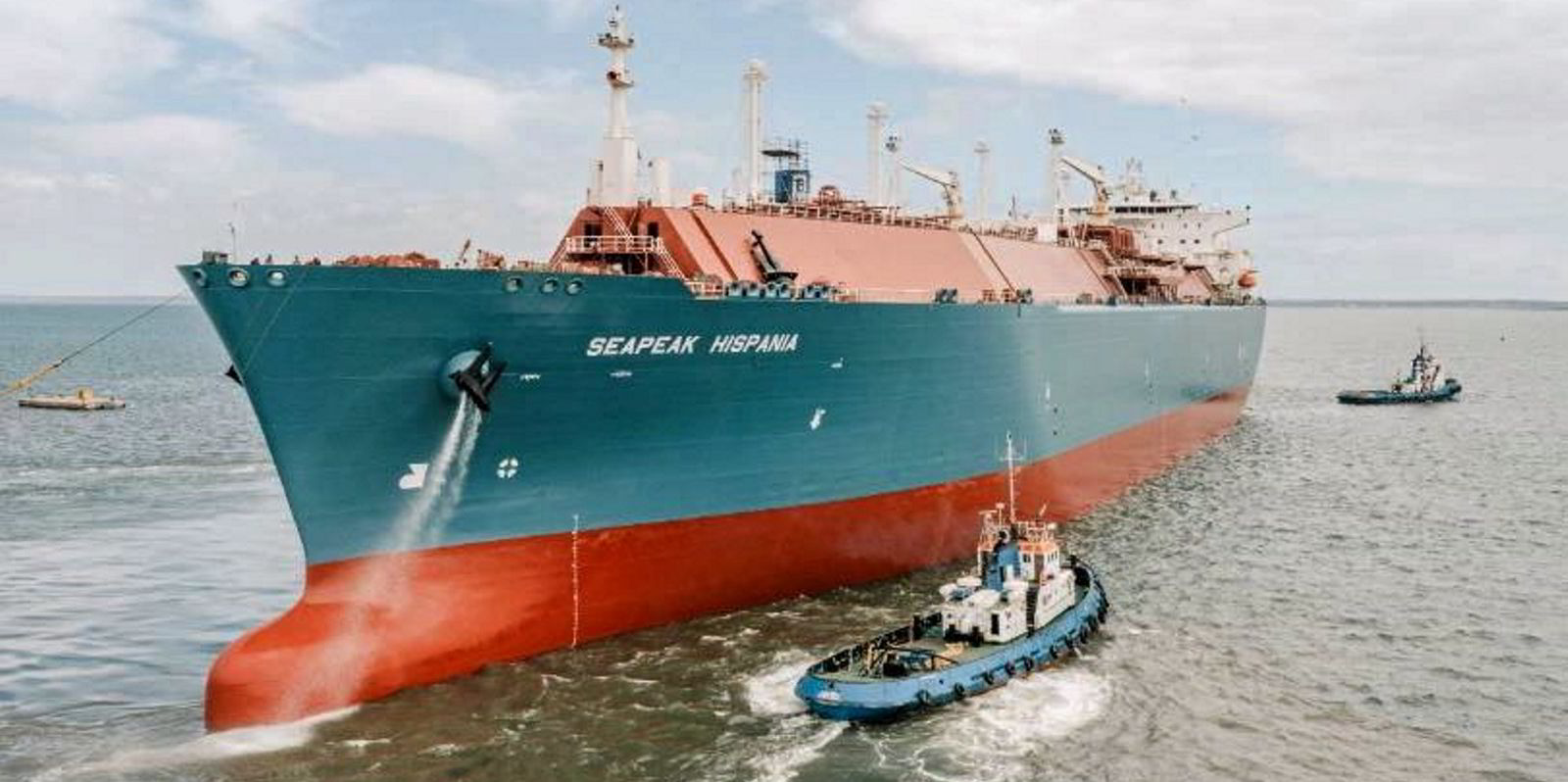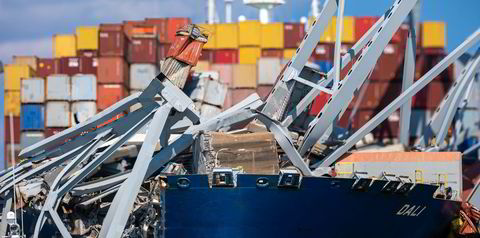Stonepeak-controlled gas shipowner Seapeak is set to take redelivery of three steam turbine LNG carriers in the 12 months from June 2024 as their time charters end.
In its annual report filed on 24 March, Seapeak named six LNG carriers currently serving time charters which are scheduled to expire between June 2024 and June 2025.
It listed the ships as the 137,814-cbm Seapeak Hispania (built 2002), the 135,423-cbm Seapeak Catalunya (built 2003), the 135,423-cbm Seapeak Madrid (built 2004), the 173,400-cbm Seapeak Vancouver (built 2017), the 165,500-cbm Seapeak Methane (built 2008) and the 165,700-cbm Seapeak Magellan (built 2009).
The Seapeak Hispania, Seapeak Catalunya and Seapeak Madrid are recorded on Clarksons’ Shipping Intelligence Network database as vessels with steam turbine propulsion systems.
Seapeak said it is “pursuing various opportunities” relating to all six vessels which may include the exercising of extension options, redeployment under new time charters or disposition, which will depend on evolving market conditions.
Several steamships are approaching the end of time charters as a bumper haul of larger, more efficient newbuildings deliver this year and in 2025 and 2026 and tougher emissions regulations are kicking in.
Industry commentators and brokers are anticipating that many of the steamers will likely be squeezed out of the globally trading LNG shipping market or be forced into regional trades or used for conversion projects.
Seapeak sold seven small LPG and multi-gas vessels last year.
It also sent two LNG carriers for demolition netting $29.6m for the pair.
Seapeak reported improved net income for 2023, up at $317.7m from $241.6m a year earlier.
Voyage revenues also climbed to $726.8m from $624.5m in 2022.
In consolidated figures, the company detailed that in 2023 its vessels had 111 off-hire days relating to scheduled dry-dockings and 196 unplanned off-hire days relating to repairs. This compares with 167 and 96 days, respectively, in 2022.
At the end of December 2023 Seapeak’s fleet comprised 49 LNG carriers, including five on-order newbuildings, and one LNG regasification terminal in Bahrain. The company’s interests in these assets ranged from 20% to 100%.
Seapeak also lists a fleet of 46 LPG, ethane and multi-gas vessels in which its interests ranged from 25% to 100%. This includes 11 chartered-in vessels, four under-construction newbuildings and four time-chartered on-order ships.






